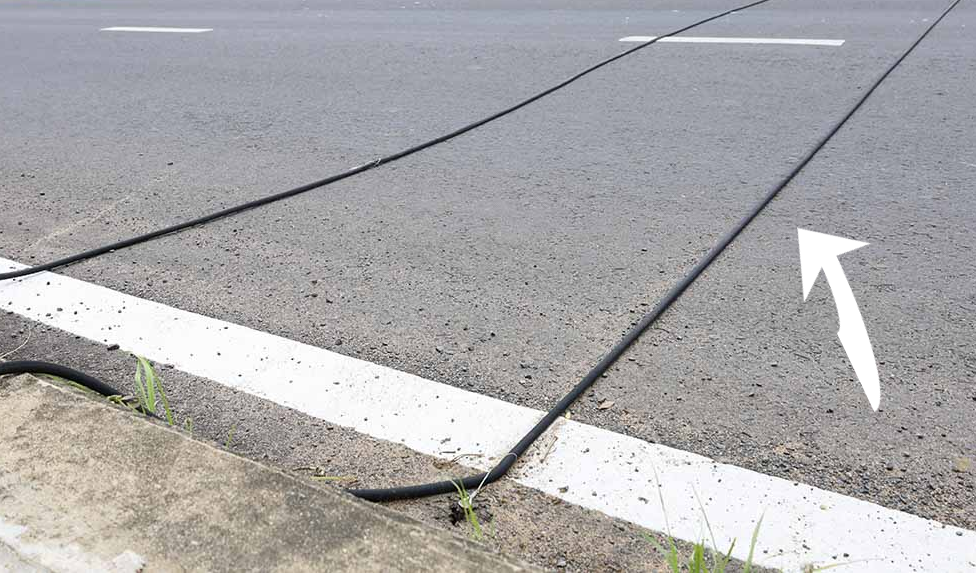Next time you’re out on the road, whether cruising along the highway or navigating through a neighborhood, take a moment to observe your surroundings closely. You may spot inconspicuous black cables laid out on the ground. While driving over them poses no risk, have you ever pondered their purpose?
These black cables are commonly referred to as road sensors, and they serve a crucial function in aiding local transportation agencies in gathering essential data about traffic flow in a particular area.
Installed discreetly to minimize disturbance, road sensors operate by detecting changes in air pressure caused by the passage of vehicle tires. These pressure fluctuations are then relayed through the tubing to an onsite counter, which records the gathered information.
Over a specified duration, the collected data undergoes analysis to ascertain various traffic metrics, including vehicle volume, peak traffic periods, and, with paired sensors, even vehicle classification, speed, and direction.
This valuable information enables transportation agencies to make informed decisions regarding speed limits, signage updates, and other traffic management measures as needed.
